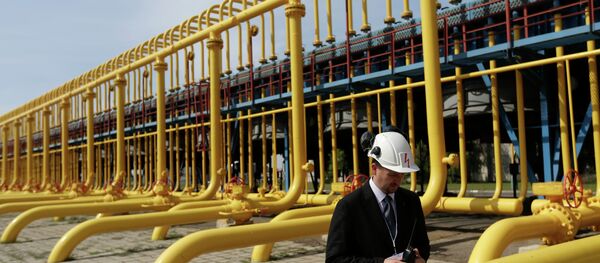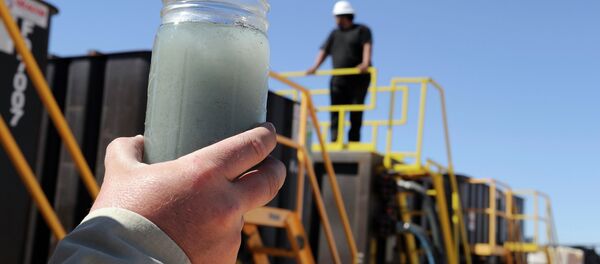"We anticipate becoming big players, and I think we'll have a big impact," said US Energy Secretary Ernest Moniz. "We're going to influence the whole global LNG market."
Moniz said four LNG export terminals are under construction and the first wave of shipments may begin before the end of this year or in early 2016 at the latest, the Telegraph reported.
“Certainly in this decade, there’s a good chance that we will be LNG exporters on the scale of Qatar, which is today’s largest LNG exporter,” he said.
Qatar exports just over 100 billion cubic meters (BCM). Australia is catching up fast thanks to the offshore Gorgon field, and it may pull ahead of Qatar later this decade.
Natural gas industry officials at the IHS CERAWeek energy summit in Houston, Texas, said American exports potentially could push the United States past Russia as the world's biggest supplier of natural gas of all kinds.
— Amy Harder (@AmyAHarder) April 24, 2015
"We're just 15 years into a 150-year process," said Steve Mueller, head of Southwestern Energy, the fourth biggest producer of gas in the United States.
The mile-deep Marcellus basin stretching from West Virginia through Pennsylvania to New York State is driving the explosive growth. Interlocking fractures in the rock mean and tech advances in the industry mean one well can extract much more gas now than just five years ago.
Today, US drillers can produce 33% more natural gas today with 280 rigs than they did in 2009 with 1,200 rigs, the Telegraph reported.
Total shale output has soared to over 350 BCM from almost nothing a decade ago. It now makes up half of US gas production.
And while nearly 30 gas liquefaction projects are planned in the US, Moody's warned earlier this month that most will be nixed due to the drop in international oil prices.
That forecast will not stop Michael Smith, head of Freeport LNG, from going ahead with plans for his company’s $13 billion plant near Houston. Smith predicted that the US could soon leap-frog all rivals to dominate the gas industry.
"Our projects are very competitive and we will continue to have an advantage over the rest of the world," he told the Telegraph.
If the United States can begin to deliver shipments of LNG across the Atlantic, it will have a number of import terminals to choose from. America’s LNG production has already impacted Russia’s pricing power in Europe, and new competition from western shipping routes would drive prices further down.
At the same time, American drillers believe recently discovered reserves of shale oil could lead the United States to produce more oil than the Middle East.
Scott Sheffield, head of Pioneer Natural Resources, said a new reserve in West Texas could produce as much as five to six millions barrels per day – more than Saudi Arabia's giant Ghawar field, the biggest in the world.
Ryan Lance, head of ConocoPhillips, said North American oil output could reach 15 million barrels a by 2020 and 25 million a day over the next 25 years – three times Saudi Arabia's current exports.





